When families are ready to add a feline friend to their household, most parents naturally gravitate toward information about the most kid-friendly cat breeds. What they don’t always consider is which cats might pose challenges when it comes to bonding with children.
While every individual cat has their own unique personality regardless of breed, certain feline types have behavioral tendencies that can make them less suitable for families with young children. These breeds may be fiercely independent and prone to retaliating if forced to do anything, which can quickly scare children off when they associate them with noise they hate. Understanding these characteristics before bringing home a new pet can save both families and cats from stressful situations that nobody wants to experience.
Savannah Cats
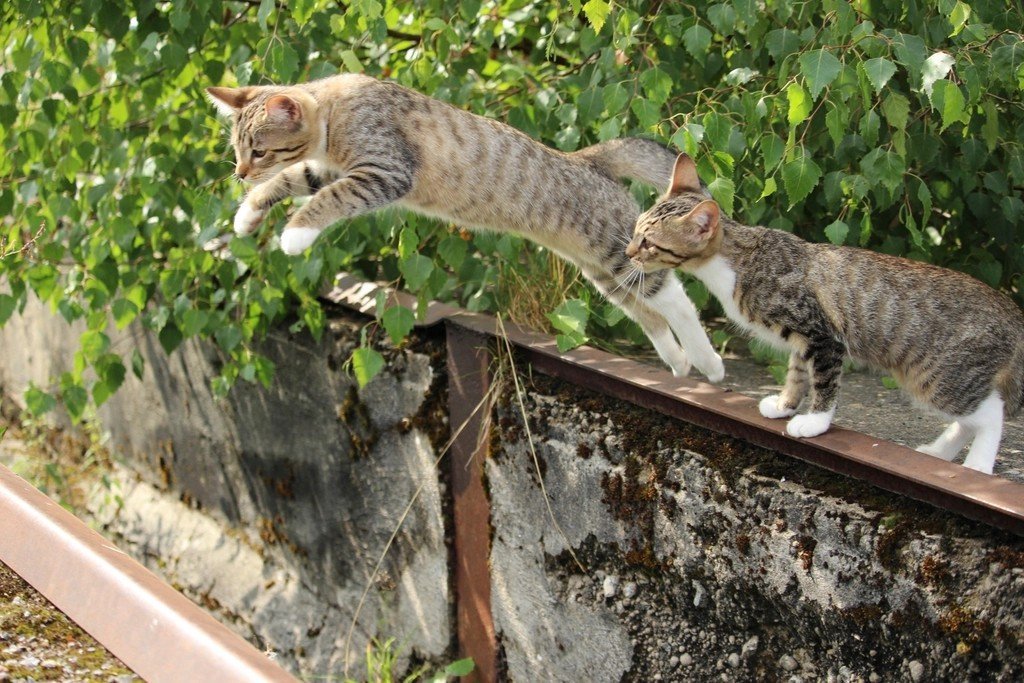
Crossbred with African servals, Savannah cats carry a bit of the wild in their genes. Their unpredictable behavior is rooted in their hybrid instincts, making them prone to sudden mood swings or territorial aggression. These athletic cats can weigh up to 25 pounds and possess an energy level that would exhaust most children before lunchtime. Socialization at a young age is critical, or they may become wary or even hostile toward unfamiliar people. Because of their size and strength, their playful swats or nips can be more dangerous than those of a typical house cat.
They’re not ideal for households with small children or timid pets. Their strong prey drive and unpredictable nature make them better suited for experienced cat owners who understand the complexities of hybrid breeds. Savannah cats are full of energy and might play rough with their owners or one another. Since they’re so big, they might appear aggressive when all they actually want to do is play.
Singapura
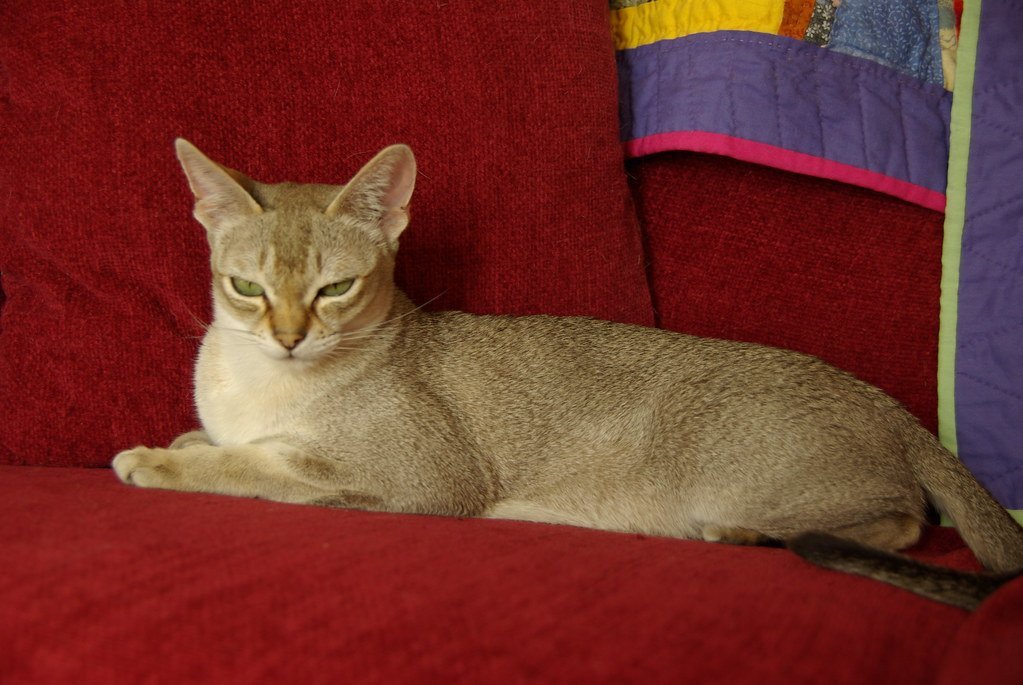
Don’t let their tiny size fool you into thinking these cats are perfect lap warmers for children. They enjoy cats and cat friendly dogs, but dislike loud noises so are not ideal for busy households with boisterous children. As they are small in size, a Singapura loves a quiet environment to thrive in without the external irritations of loud noises. They are also a very active and fun-loving breed, so expect a lot of well-intentioned scratches and biting during playtime.
Singapura is yet another example of a cat that loves to have fun with his people but acts totally different around strangers. They become rather aggressive when they feel like they’re in danger. Tiny but mighty, the Singapura is often underestimated – until they assert themselves. Despite their small size, they possess a big personality and a distinct need for personal space. Their intensity can overwhelm young children who haven’t learned proper boundaries yet.
Russian Blue
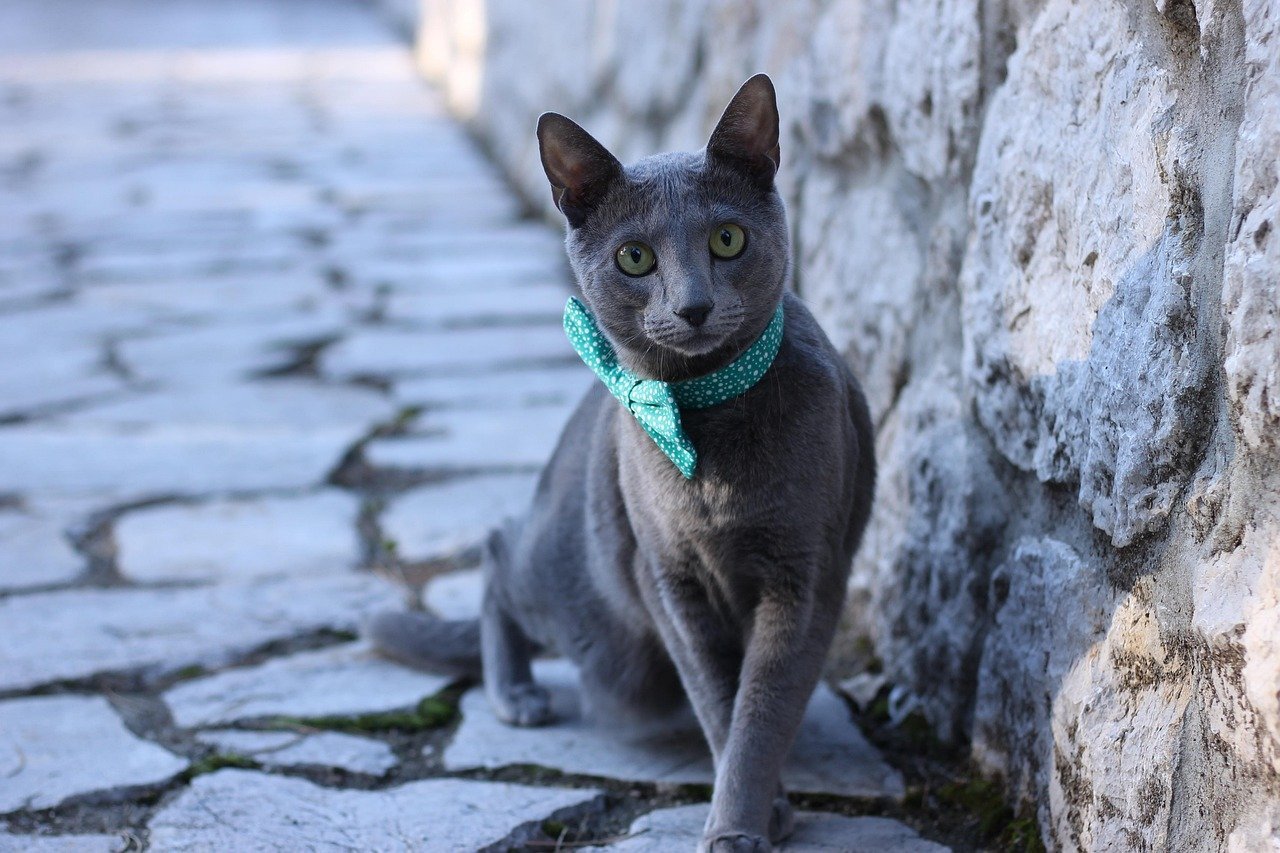
Though these silvery beauties are incredibly intelligent and elegant, they can be challenging companions for households with active children. While they may appear shy at first acquaintance, they quickly blossom into friendly, affectionate companions once they get to know you. However, this reserved nature can take considerable time to overcome, particularly with the unpredictable energy of young children around.
Russian Blues tend to form strong attachments to specific family members rather than bonding with the entire household equally. Their high intelligence means they need mental stimulation, yet they can become overwhelmed in chaotic environments typical of busy family life. Russian Blues are highly intelligent cats that enjoy mental stimulation and may show curiosity about their environment.
Bengal Cats
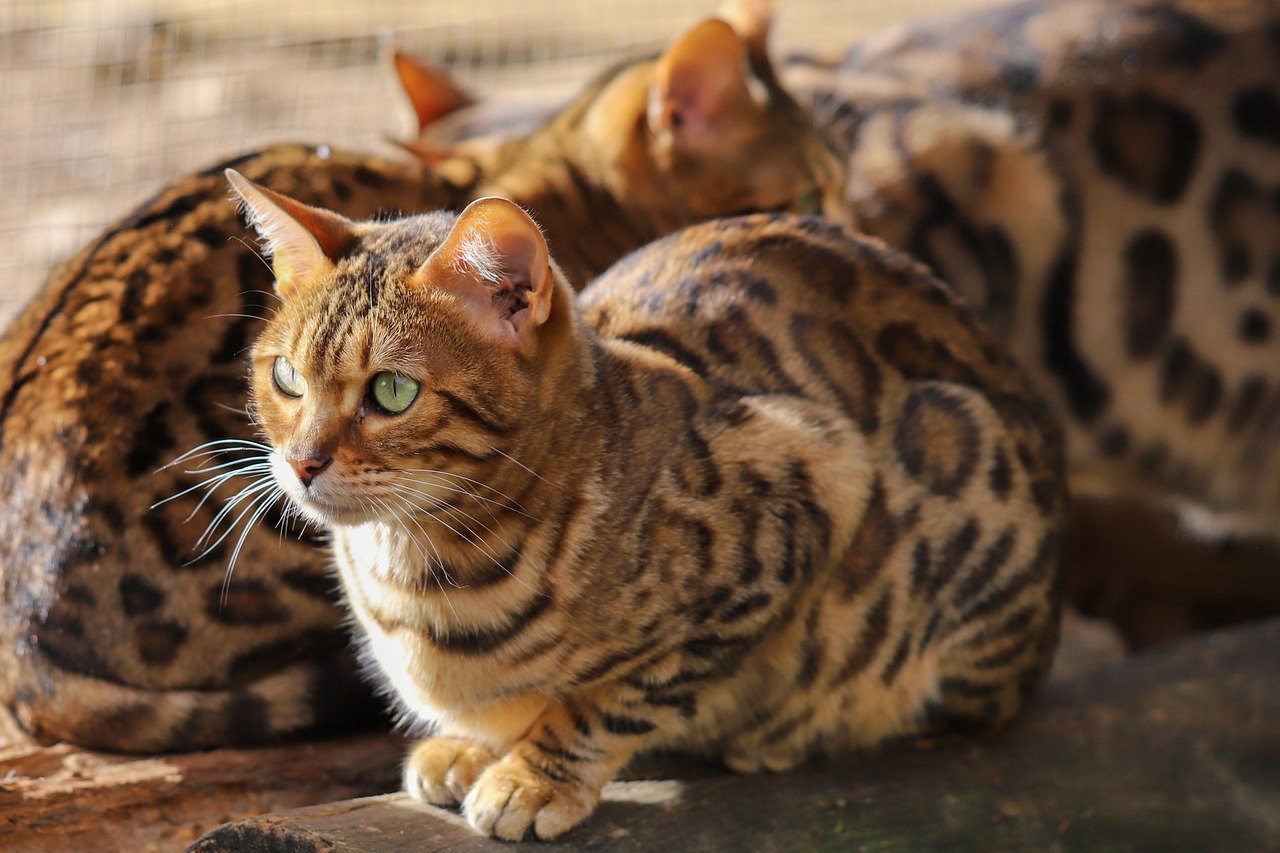
These stunning spotted cats carry wild blood in their lineage, which creates unique challenges when integrating them into family life with children. Bred from domestic cats and wild Asian leopard cats, Bengals are energetic, athletic, and highly intelligent. Their aggressive behaviors often come from a lack of exercise or inadequate stimulation. Children simply can’t provide the intensive physical and mental stimulation these cats require throughout the day.
Territorial in nature, they may lash out at other pets or strangers who enter their space. Additionally, they don’t always appreciate being handled and can become overstimulated during play or petting. Their wild ancestry makes them prone to rough play that can easily escalate beyond what children should experience. They have a problem with aggression and territorial spraying. And Bengal cats require more attention, exercise, and upkeep than other cats.
Scottish Fold
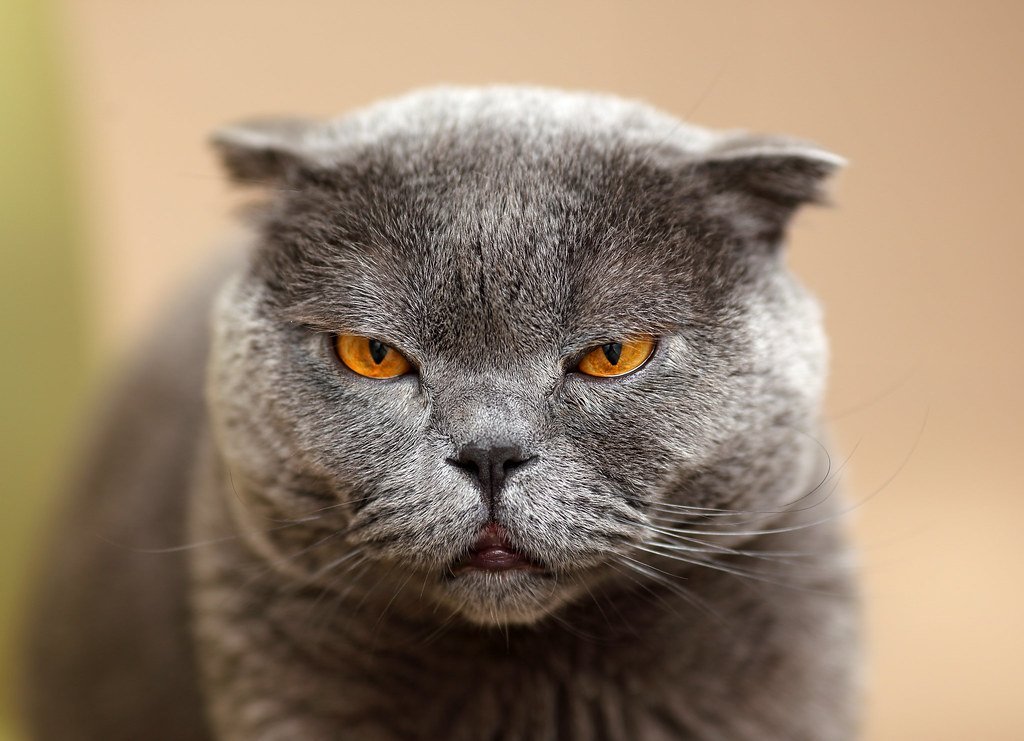
Despite their adorable folded ears and sweet expressions, Scottish Folds can surprise families with their territorial tendencies. With a gene mutation that causes the appearance of a shy little cretin, it’s hard to believe these ear-folded cuties have an aggressive side. Scottish Folds are generally known to be affectionate and cuddly creatures, though individual cats may vary in their territorial tendencies.
While these majestic short-haired cats bond closely with their owners, some individual cats may become overstimulated when petted too enthusiastically. In addition to this, the Scottish Fold doesn’t like it when you leave them alone for long hours and will demand to follow you everywhere in the house. Their need for constant attention from their chosen person can create jealousy issues when children compete for the same affection.
Siamese
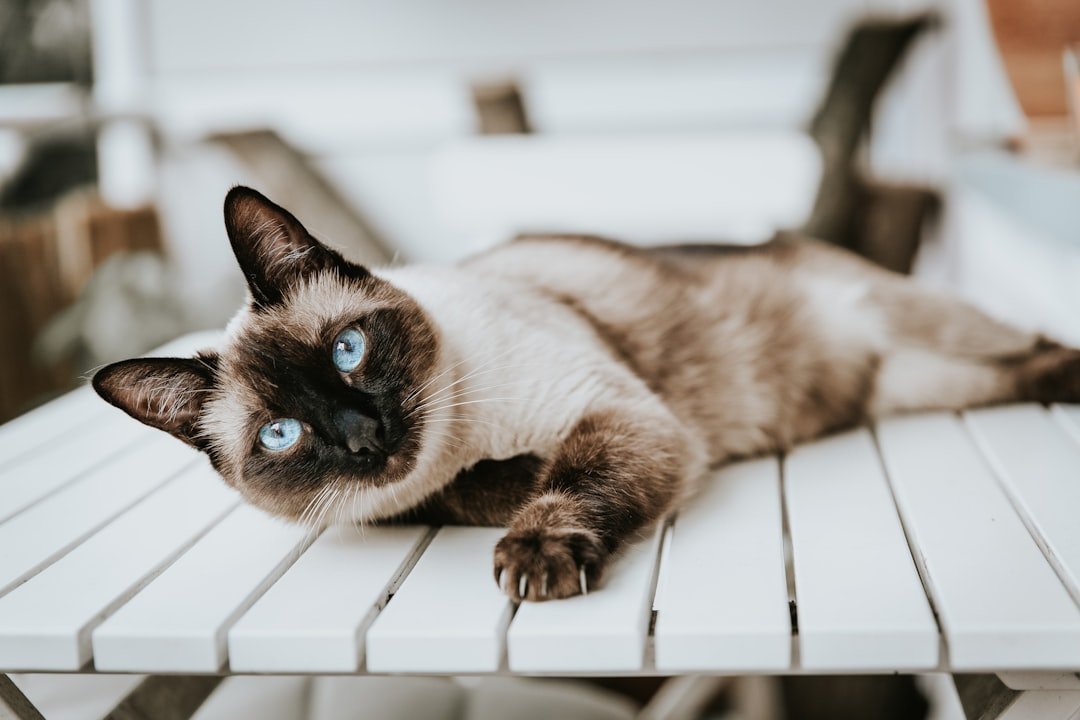
While traditionally considered family-friendly, Siamese cats have specific personality traits that can make bonding with children challenging in certain circumstances. Naturally dramatic and brimming with personality, Siamese cats thrive when they’re the center of attention. Their loud, expressive meows are more than just chatter – they’re constant demands for human interaction. This intensity can overwhelm young children who might not understand the cat’s demanding nature.
While this makes them entertaining pets, it also means they can get jealous easily, especially when another cat enters their domain. Rather than share their human, they often view other cats as rivals for affection. This breed is very popular due to its stunning features and intelligence, but it is known for its territorial tendencies and is known to imprint on individual humans. Thus, they often require attention from their chosen human counterparts and can become easily jealous.
Korat
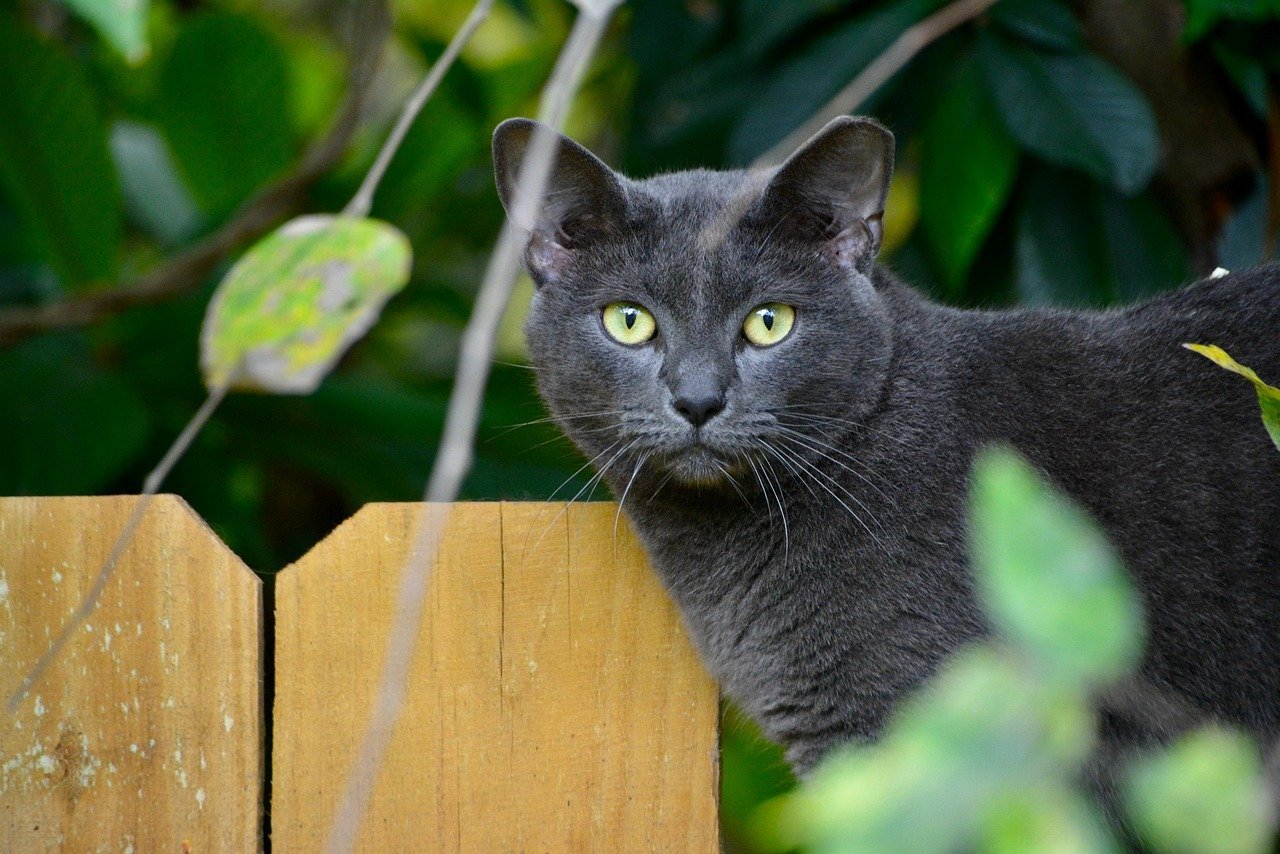
These silver-blue beauties from Thailand might look like perfect family pets, but their temperament tells a different story when it comes to children. However, Korats tend to show indifference to unknown humans and have been known to become problematic when left to their own devices without any stimulation or interaction. If they feel they do not have your full attention, Korats are likely to paw an individual to evoke a reaction.
They’re also fairly territorial and possessive, making them aggressive towards anyone (like other cats or small children) who try to take their stuff. If you live in a busy and noisy home, the Korat is NOT the right cat for you. These kitties aren’t particularly nasty when they’re left in peace, but they can become nervous or scared when things get a little to rambunctious around them. Unlike more mellow breeds that will simply hide until they feel safe, Korat reacts aggressively out of self-defense.
Sphynx
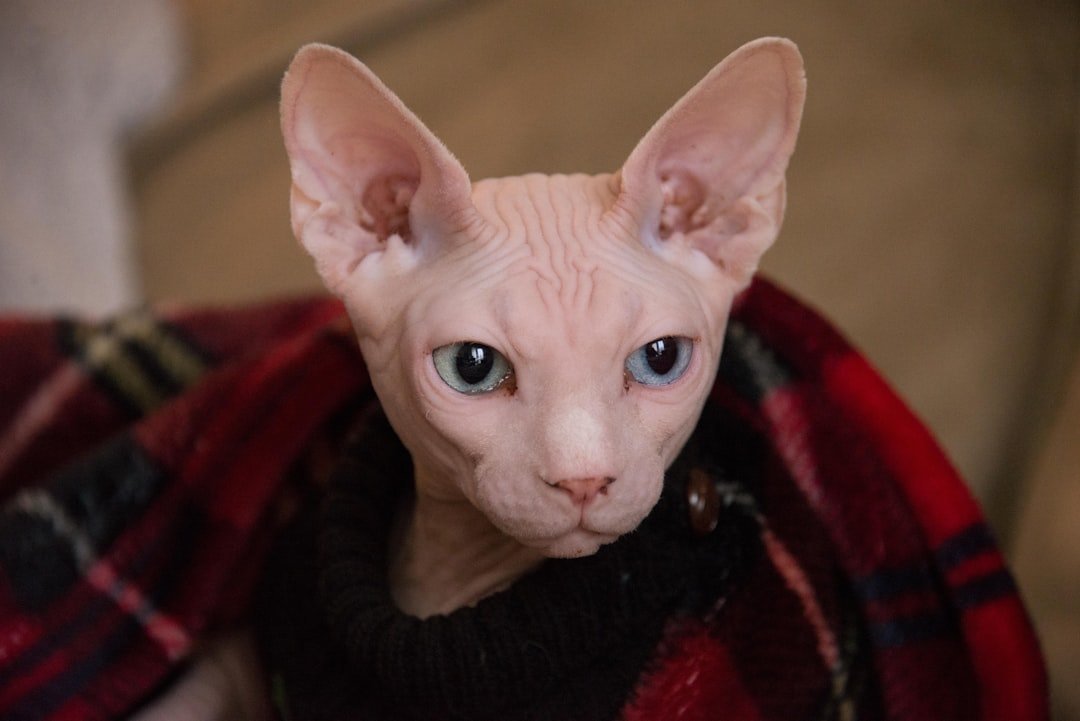
Hairless and highly affectionate, the Sphynx is a cat that demands constant love and attention. Their aggression usually appears when their intense social needs are not being met. While this might sound perfect for children who want a cuddly companion, the reality is far more complex than most families anticipate.
These cats follow their humans from room to room and can become clingy or even territorial over their favorite people. If they feel rejected or overstimulated, they may respond with nips or growling. Children often lack the emotional maturity to understand when a Sphynx needs space, leading to situations where the cat becomes reactive. Their high-maintenance personality requires consistent attention that busy families with multiple children often struggle to provide.
Pixie Bob
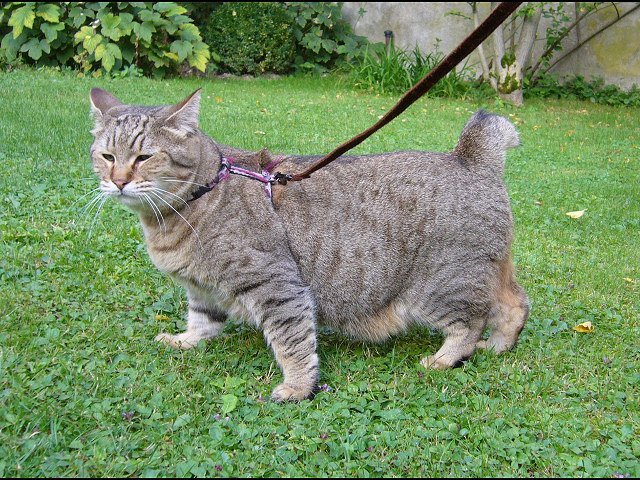
Don’t let their adorable name and looks fool you, the Pixie Bob ranks among the meanest cat breeds ever. They’re named such because of their resemblance to bobcats. This resemblance extends beyond their appearance into their behavioral patterns, making them unsuitable for most family environments with young children.
A quick-witted and friendly cat, Pixie Bobs are very talkative. In fact, they don’t just meow or chirp, they downright growl sometimes, especially at strangers. While they can get a bit nippy with their people, they are fairly affectionate once you establish a bond. Just put them in another room when company comes over. Their territorial nature and tendency toward aggressive communication makes them challenging for families with children who might have friends visiting regularly.
Egyptian Mau
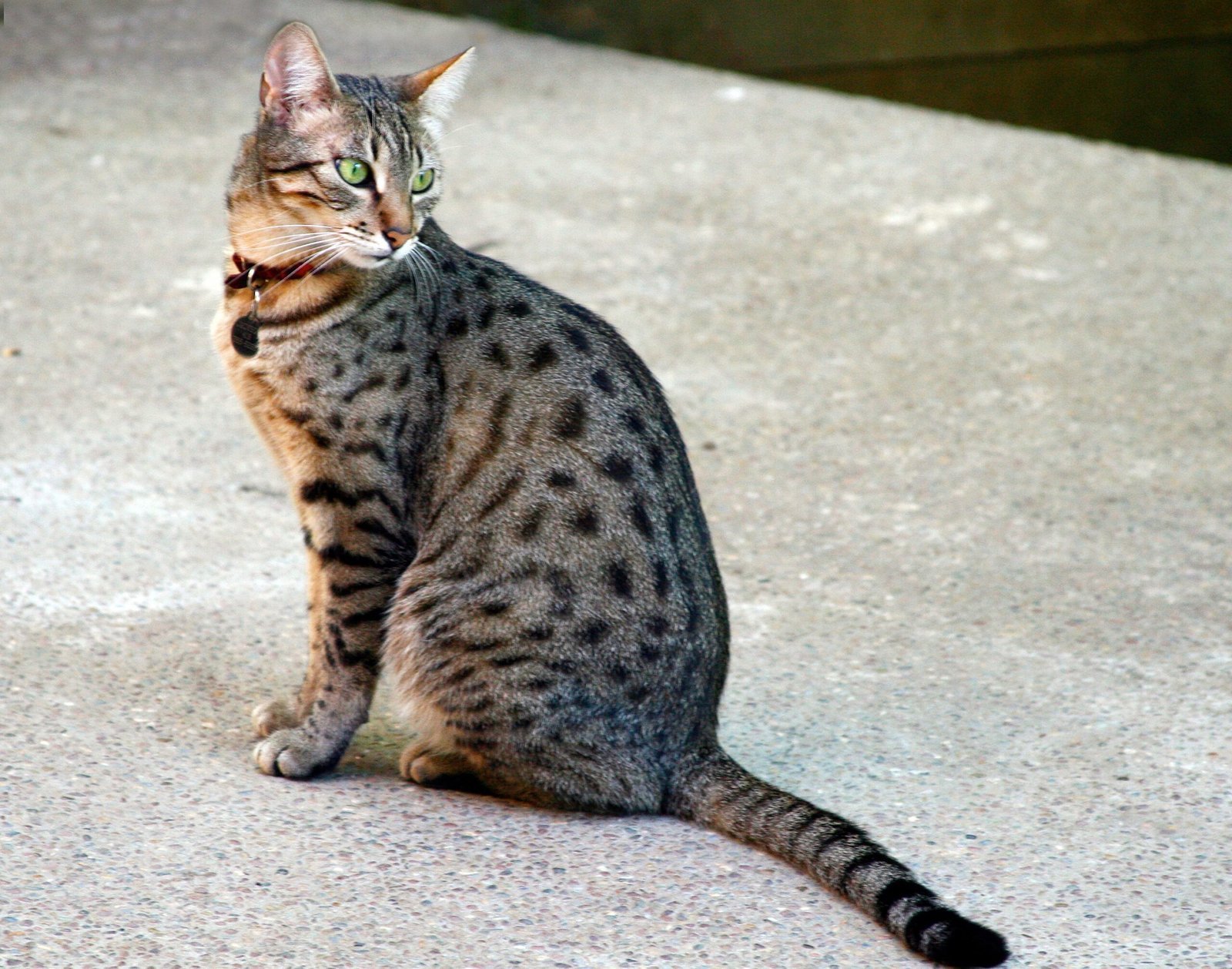
These ancient cats with their distinctive spotted coats might seem like exotic additions to family life, yet their personality traits often clash with the chaos of child-centered households. The stunning Egyptian Mau is another breed that bonds strongly with its people but not so much with strangers. Overall, they’re fairly shy around people that they don’t know. This selective bonding pattern can create difficulties in homes where children frequently have friends over.
Egyptian Maus are naturally athletic and require significant mental stimulation, which makes them prone to destructive behaviors when their needs aren’t met. Their strong flight response means they often hide from children rather than learning to coexist peacefully. The breed’s tendency toward skittishness around anyone outside their immediate family circle makes socialization with children particularly challenging. Their need for routine and predictability conflicts directly with the naturally unpredictable nature of family life with kids.
Conclusion
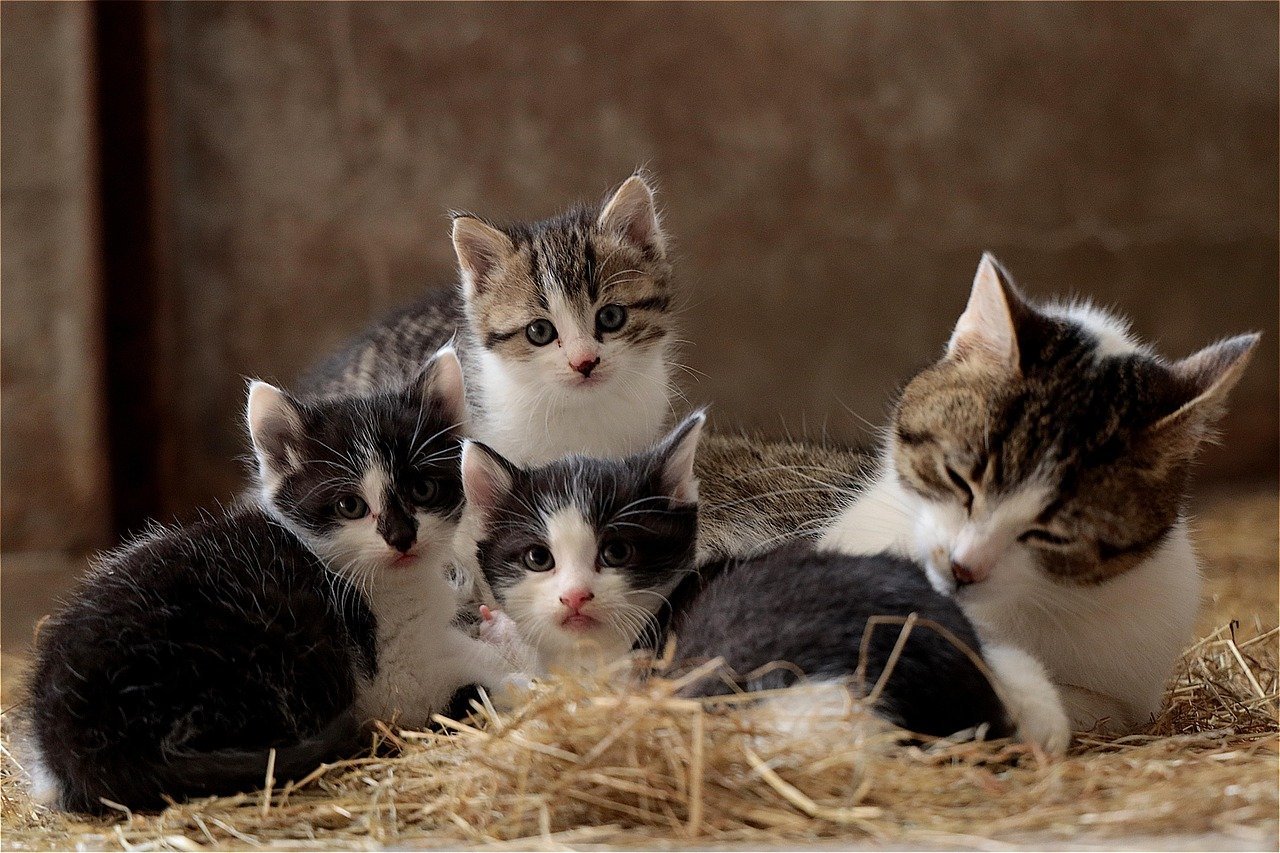
Understanding breed tendencies doesn’t mean these cats can’t ever live successfully with children, though it does suggest they require more careful consideration and preparation. For first-time cat owners or families with young children, it’s crucial to understand the temperament of a breed before bringing one home. Many of these breeds can thrive in the right environment with experienced owners who understand their specific needs and limitations.
The key lies in matching the right cat personality to your family’s lifestyle and energy level. Sometimes the most beautiful or exotic-looking cats aren’t the best choice for busy households with multiple children. What do you think about these surprising personality traits? Tell us in the comments.



